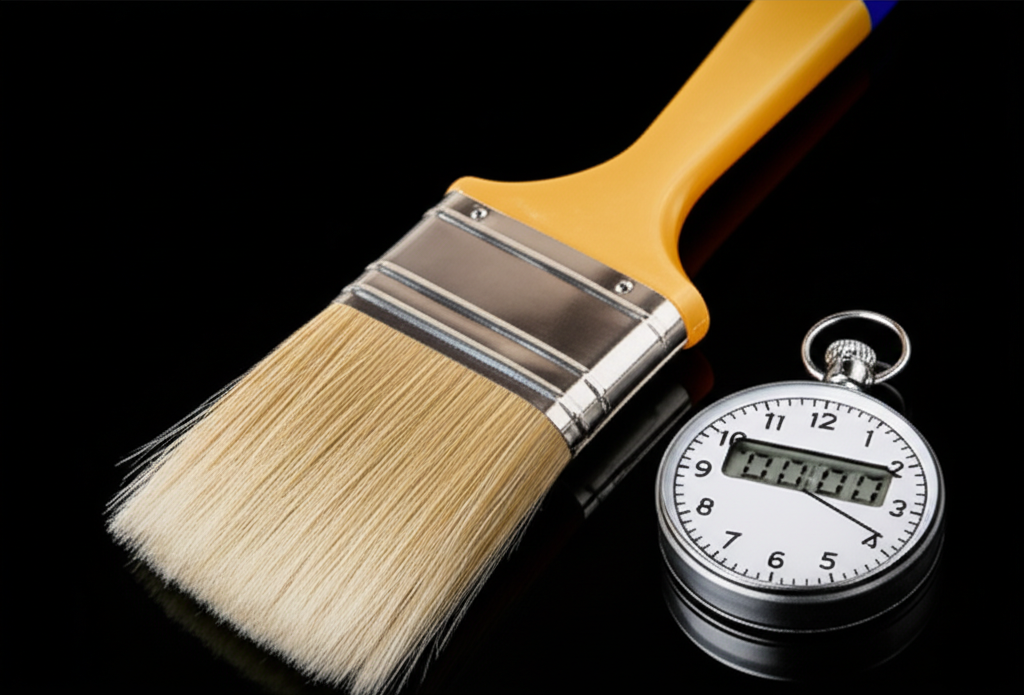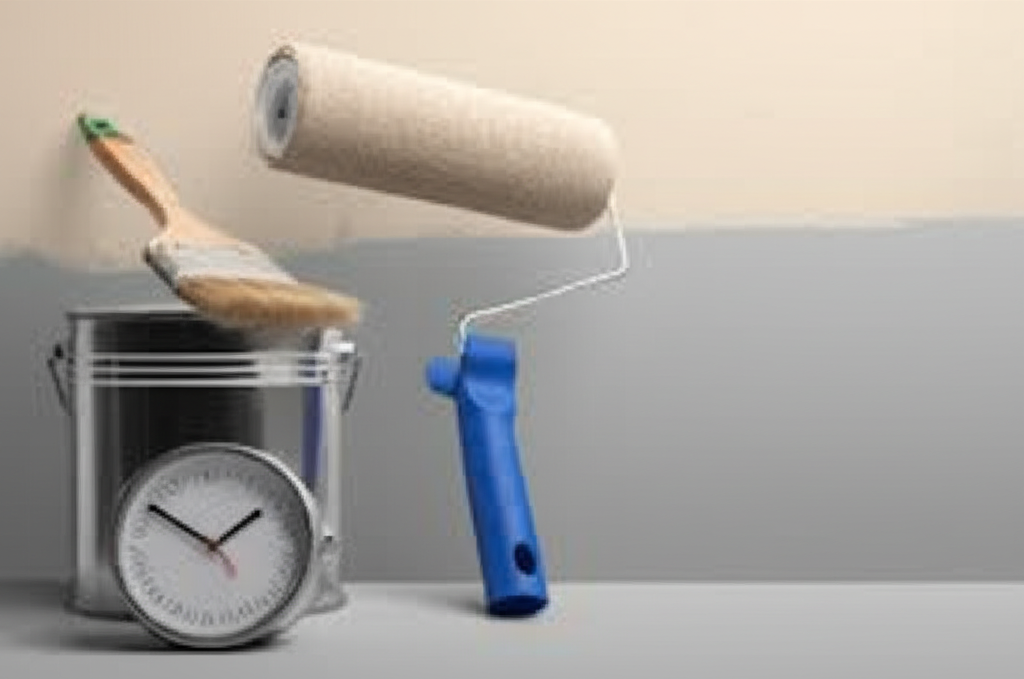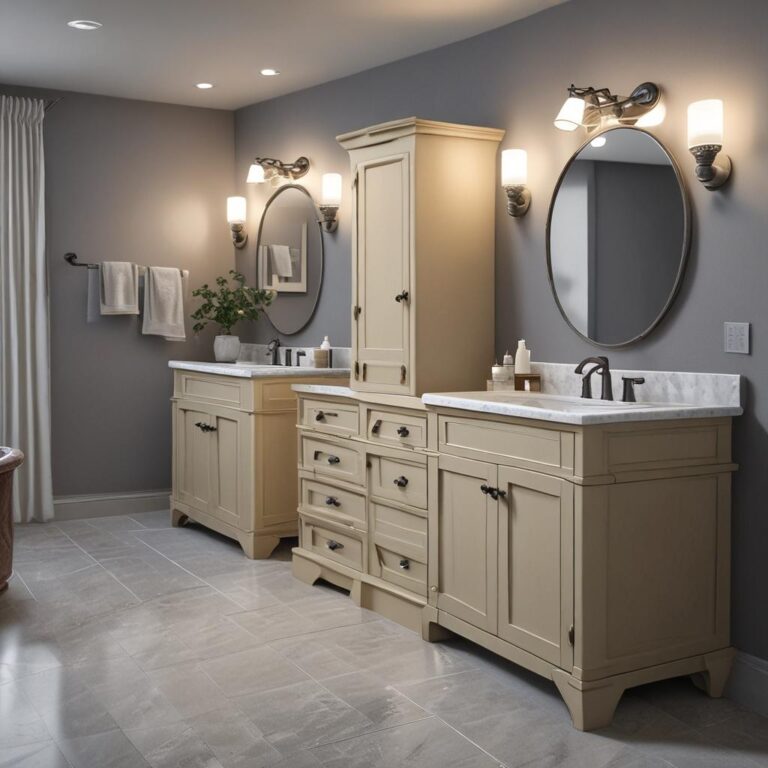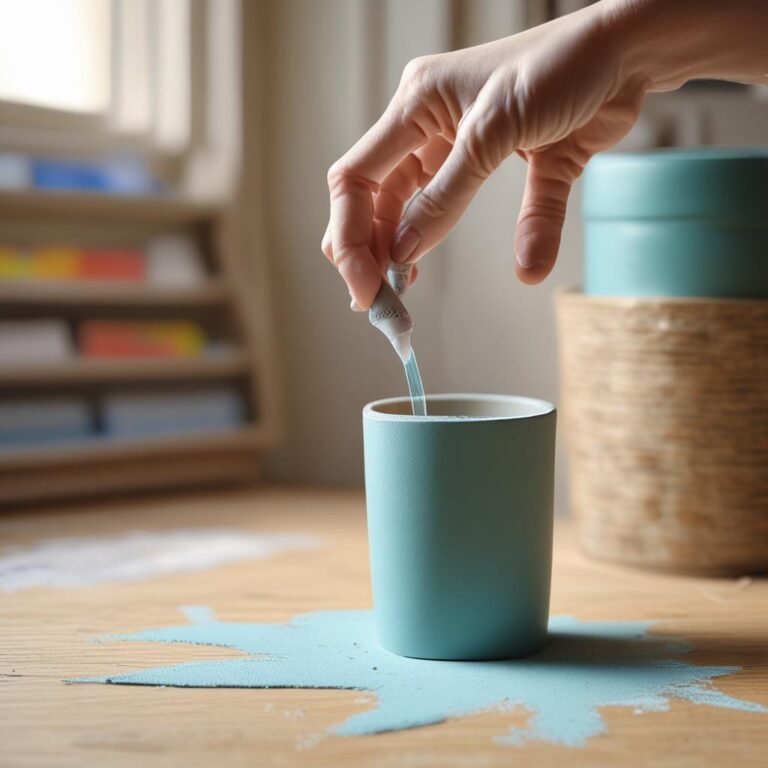How Long Does It Take to Paint a Room
Painting a room can be a rewarding DIY project, but it’s important to have realistic expectations about the time it takes. From preparation to the final coat, the duration can vary significantly based on factors like room size, paint type, and the level of detail required. Proper planning not only ensures a smooth process but also helps avoid frustration. In this article, we’ll break down the steps involved, provide time estimates for each stage, and share tips to help you paint your room efficiently.
Understanding the Factors That Affect Painting Time
Room Size and Layout
The size and layout of your room play a major role in determining how long the project will take. Smaller rooms can often be completed in a day, while larger spaces or those with high ceilings, irregular shapes, or numerous windows and doors require more time. For example, painting a 10×10 foot bedroom is far quicker than tackling a 20×20 foot living room with vaulted ceilings.
Number of Coats and Paint Type
Statistics table for Number of Coats and Paint Type
The number of coats and the type of paint you use also impact the timeline. Most projects require one coat of primer and two coats of paint for even coverage. Latex paint dries faster (1–4 hours per coat) compared to oil-based paint (6–8 hours per coat). Additionally, higher-quality paints often cover more efficiently, potentially reducing the number of coats needed.
Preparation Work
Preparation is a critical but often underestimated part of the process. Cleaning walls, sanding surfaces, repairing holes, removing fixtures, and taping edges all add to the timeline. Skipping these steps can lead to subpar results, so it’s worth investing the time upfront to ensure a professional finish.
Essential Preparation Steps and Time Estimates
Clearing and Cleaning the Room
Start by moving furniture out of the way or to the center of the room, and cover it with plastic or drop cloths. Cleaning walls to remove dust and grease, as well as patching imperfections, can take 1–2 hours. Using tools like a drywall saw can speed up corner cuts and other repairs.
Taping, Protecting, and Priming
Taping baseboards, trim, and windows typically takes 30–60 minutes. Priming is essential for bare drywall or stained walls and can take 1–3 hours depending on the surface condition. Properly protecting floors and fixtures ensures a clean workspace and prevents accidental spills.

Tools and Materials Readiness
Gathering all necessary tools—such as paint rollers, brushes, trays, and spackle—before you start can save time. Delays often occur when supplies are missing or paint isn’t properly mixed. Having everything ready ensures a smoother workflow.
The Painting Process: How Long Does It Take Per Step?
Painting Walls
Applying one coat of paint to a small room takes 2–4 hours, while a large room can take 6–8 hours. Drying time between coats (1–4 hours for latex paint) adds to the overall timeline. It’s important to allow each coat to dry fully to avoid streaks or uneven coverage.
Painting Ceilings
Ceilings often require extra time due to the need for ladders and careful overlapping to avoid drips. Using extension poles or drop cloths can make the process more efficient, but it’s still a time-intensive step that should be planned for.
Touching Up and Detail Work
After the walls and ceiling are dry, allocate 1–2 hours for touch-ups and detail work like painting trim and edges. Patience is key here to ensure clean lines and a polished finish.
Real-World Timeframes for Different Room Sizes
Small Room (Under 200 sq. ft.)
A small room, such as a bathroom or home office, can typically be completed in 4–6 hours, including prep and one coat of paint. This makes it an ideal project for DIY beginners with no major repairs needed.
Medium Room (200–400 sq. ft.)
For a medium-sized room like a bedroom or kitchen, expect to spend 8–12 hours total. This often translates to a weekend project, especially when factoring in prep work and multiple coats.
Large Room (400–600 sq. ft.)
Larger spaces, such as living rooms or master bedrooms, can take 12–16+ hours. Dividing the workload over 2–3 days or hiring a professional may be necessary to manage the time and effort involved.
Tips to Save Time and Paint the Room Faster
Here are some practical tips to speed up your painting project:

- Use a paint sprayer for large areas to cover walls and ceilings quicker.
- Work in sections to avoid overlapping wet paint.
- Choose single-tone paint to reduce the chance of color-mixing errors.
- Recruit help for prep tasks or enlist multiple painters for larger rooms.
Conclusion
Painting a room involves careful planning, preparation, and patience. Factors like room size, paint type, and the number of coats all influence the timeline. By understanding these elements and following the steps outlined above, you can estimate your project’s duration more accurately and achieve a professional-looking finish. Remember to allocate extra time for unexpected delays and enjoy the long-term benefits of a beautifully painted space.
FAQ Section
How many coats of paint are necessary for a room?
Typically, two coats of paint are applied after one coat of primer, unless the walls are stained or highly textured.
Can I skip priming to save time?
You can skip priming if the walls are already pre-primed or the current paint color is similar. However, skipping primer may lead to longer-term touch-ups.
How long does paint take to dry between coats?
Latex paint dries in 1–4 hours, while oil-based paint can take 6–8 hours. Always check the manufacturer’s instructions for specific drying times.
Should I move all furniture out of the room?
Yes, moving furniture out of the room ensures easier access and protects your belongings. Alternatively, you can push furniture to the center and cover it with plastic.
Is it faster to paint walls or ceilings first?
It’s best to paint walls first, as ceiling drips can ruin dry walls. Allow the walls to dry before starting the ceiling.









